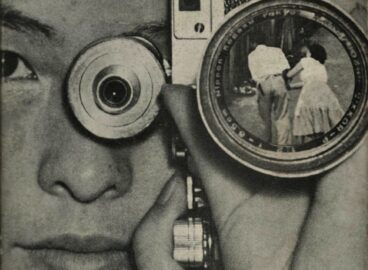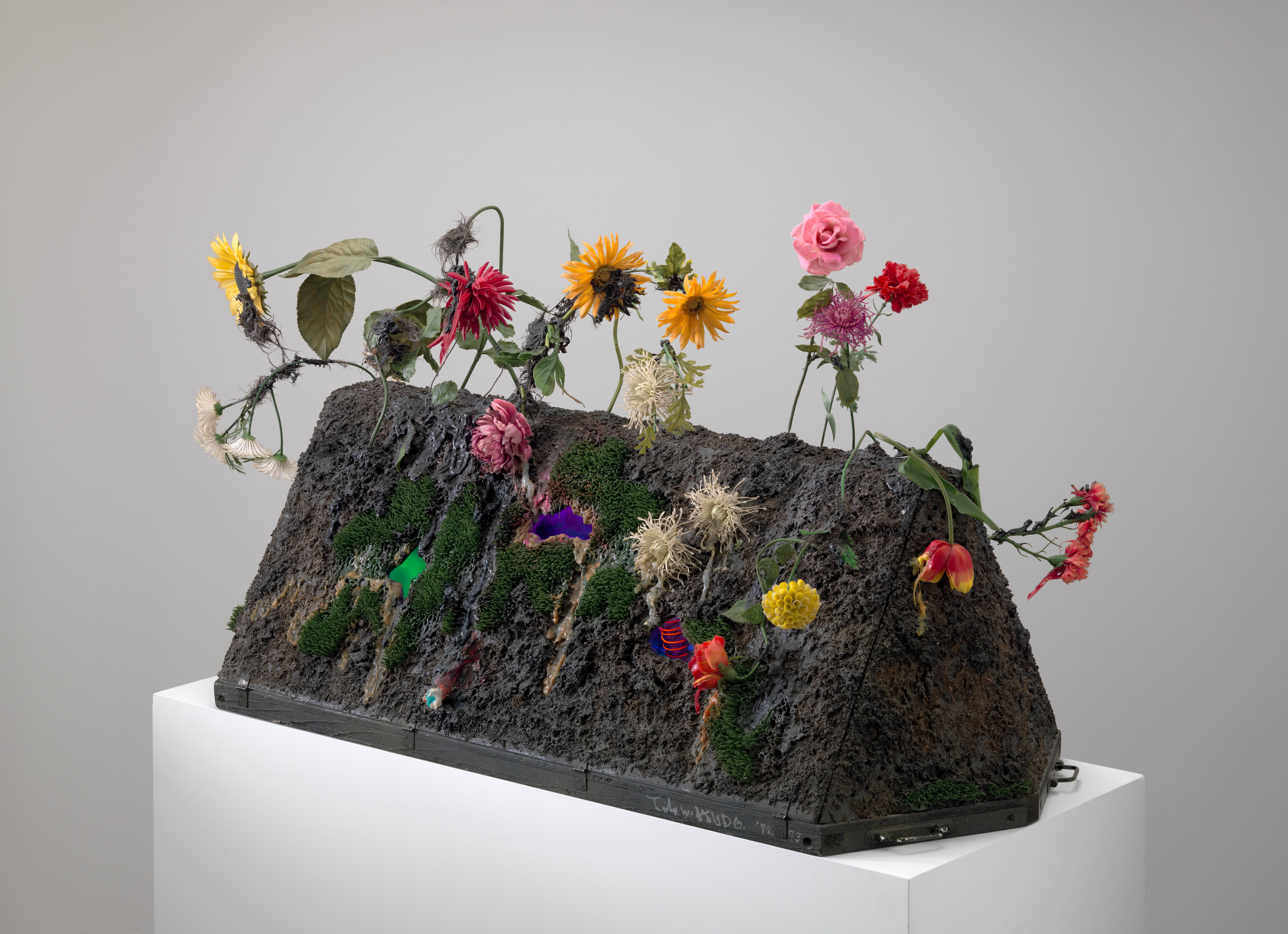In this podcast for post, ethnomusicologist David Novak brings you to the noisy scenes of Japan’s 2012 antinuclear protest movement in Tokyo, Osaka, and Fukushima, mixing commentary with field recordings, musical examples, and interviews about the role of arts and culture in the ongoing political crisis. How do these performances of protest interpret the dangers and social impacts of nuclear power? How do improvised drumming, carnivalesque atmospheres, costumes, and other tactics of protest performance help the Japanese public to navigate the often charged context of grassroots action? And what do these contexts of sound, music, and noise contribute to public affect and political discourse in post-3.11 Japan?
Scroll down to listen to a streaming version online and to access supplemental videos featuring some of the artists described in the podcast.

This material is based, in part, upon work supported by the National Science Foundation under Cooperative Agreement No. 0938099. Any opinions, findings, and conclusions or recommendations expressed in this material are those of the author(s) and do not necessarily reflect the views of the National Science Foundation.
Podcast: The Sounds of Japan’s Antinuclear Movement
Since the nuclear accident at Fukushima Daiichi on March 11, 2011, Japan has exploded with an unprecedented series of spectacular public protests, with crowds of up to 200,000 citizens gathering in front of government buildings in Tokyo to beat on drums, play instruments, and chant slogans opposing the restart of nuclear plants across the nation. Events such as Sayonara Genpatsu (Goodbye Nukes) and the Human Chain protest that surrounded the Diet Building in Hibiya Park marked the summer of 2012 as Natsu Datsu Genpatsu (“Summer to End Nuclear Power”); cartoon characters such as Monju-kun appeared in costume to explain nuclear dangers to children and their parents; spontaneous public gatherings and sound demonstrations grew into weekly assemblies and carefully planned music festivals to highlight the antinuclear message. Over the past two years, a growing community of activist artists, musicians, and performers such as Chim↑Pom, Shiroto-no-ran, and Otomo Yoshihide have crystalized their creative energy in guerrilla pieces and organized public events that concentrate public attention. In the context of a near blackout of mainstream media coverage, the combination of social media, musical performance, and street protest took on increasing importance in generating public dialogue about the risks of radiation and articulating fears about the consequences of Japan’s energy policy.
Related Videos
“No Nukes 6.11 Swinging Tokyo Street Funky Protest” Shinjuku, Japan
“You can’t see it, and you can’t smell it either” By Rankin Taxi & Dub Ainu Band
“We Shall Overcome” By Jintaramuta
“Monju-kun Ondo” Performed by Ugoku! Monju-kun
Additional Links
David Novak’s UCSB webpage
http://www.music.ucsb.edu/people/academic/david-novak
Japanoise: Music at the Edge of Circulation
www.japanoise.com
Performing Antinuclear Movements in Post-3.11 Japan (essay)
http://fukushimaforum.wordpress.com/online-forum-2/second-3-11-virtual-conference-2013/performing-antinuclear-movements-in-post-3-11-japan/
Project Fukushima!
http://www.pj-fukushima.jp/en/
Noriko Manabe
http://www.norikomanabe.com/


